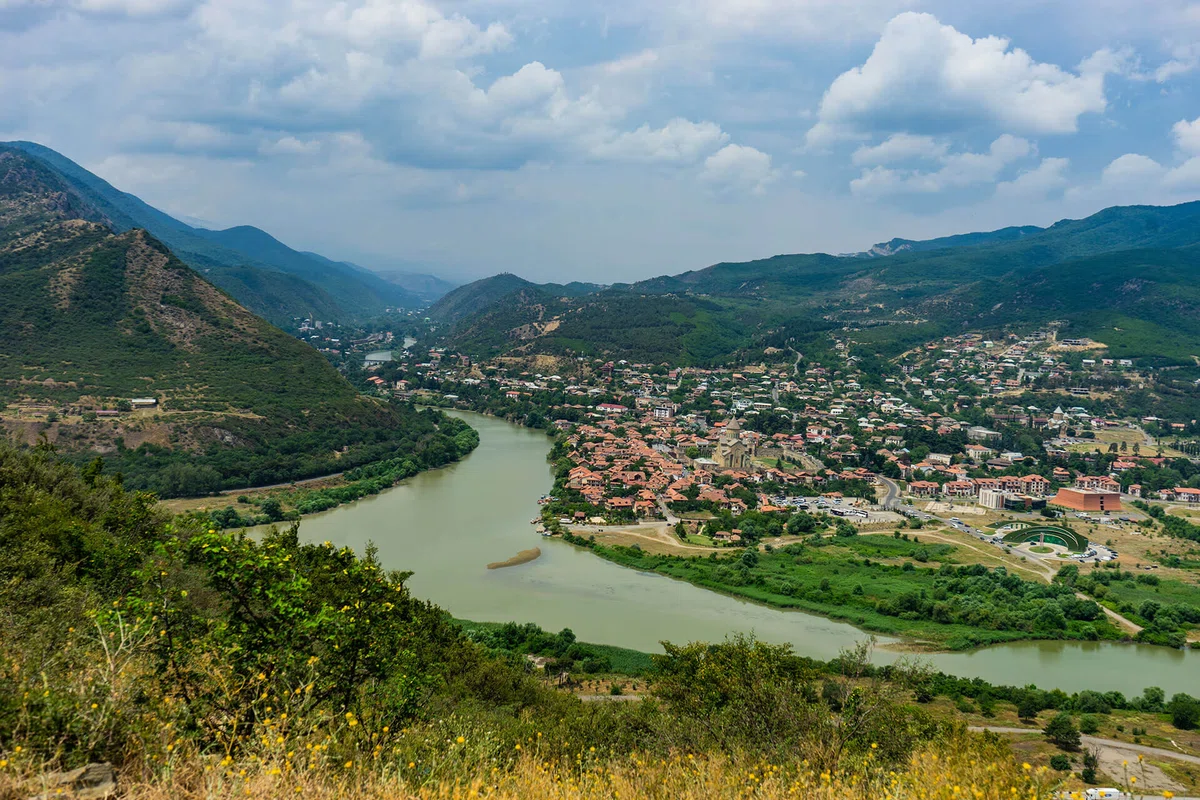
One of the oldest places and the second capital of Georgia is Mtskheta. History and the most popular sights of Mtskheta.
Mtskheta is rightfully considered the second capital of Georgia, because the city is one of the most beautiful and ancient in the country. In the blog "MadLoba" you can learn more about this wonderful place: photos, history, popular attractions, location, real reviews of tourists,
Visit the ancient capital of Georgia⬇️
Georgia is a country with an amazing history and fascinating natural landscapes. Here are the mountain ranges of Svaneti, enticing the Adjara coast with the sea and the sun, the most beautiful capital city of Tbilisi.
One of the oldest places is the city of Mtskheta – the second capital of Georgia.
History of Mtskheta
It is believed that the settlement was founded by a descendant of Noah, the royal son of Kartli – Mtskhetos, who received the territory at the confluence of Mtkvari and Aragvi from his mother. She divided all the lands between her sons after her husband's death. The built city, the son of the king named in his honor. In the annals of Mtskheta is mentioned in the middle of the 1st century BC.
For thousands of years Mtskheta was the Georgian capital until the moment when Tsar Vakhtang bequeathed this title to Tbilisi. Conquerors led by Caliph Marwana destroyed Mtskheta in 737. After that, the settlement was not completely restored, having lost its former beauty. Now this city is called the "Second Jerusalem", because it is the religious center of Georgia.
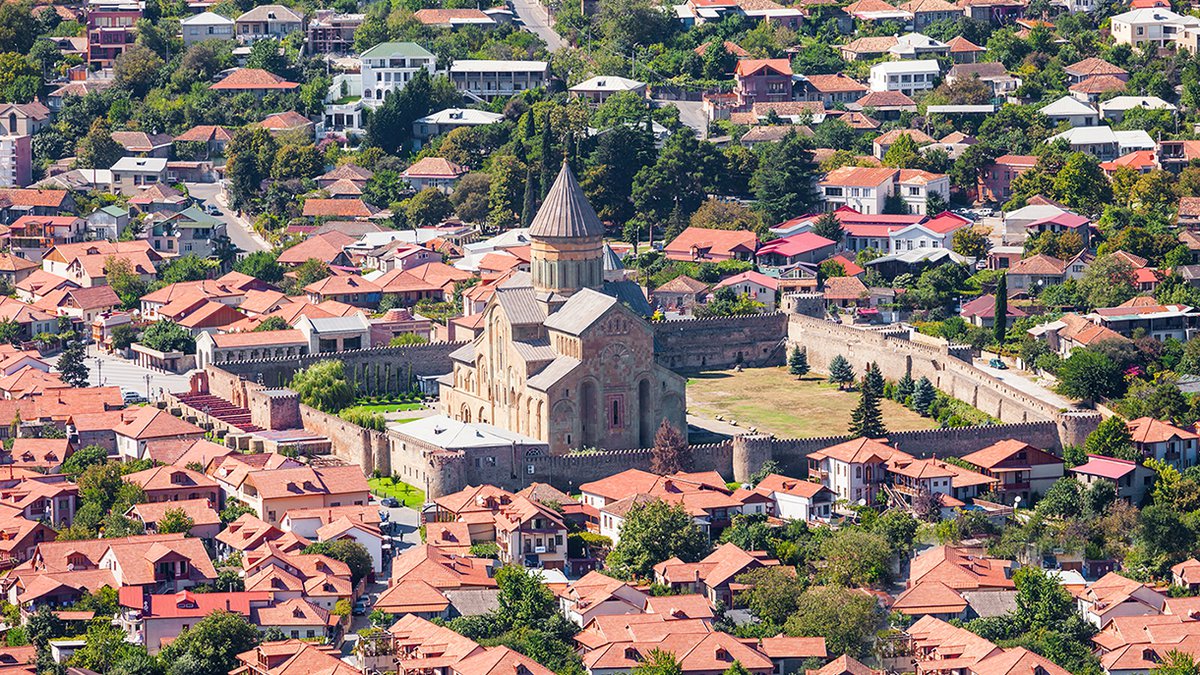
The most popular attractions
There are many attractions in the city. In the vicinity of a small settlement, with seven thousand people permanently residing, you can find a large number of ancient temples, monasteries, churches and fortresses. Among them:
- Shiomgvime, Samtavro, Jvari.
- Svetitskhoveli Cathedral.
- Pompey's Bridge.
- Structures of Bebristsikhe, Armazistsikhe.
The citadel of Armazi was tactically advantageously located, from its observation deck the control of the main Caucasian road through the Daryal Valley was carried out. The citadel got its name in honor of the pagan god. The fortress was destroyed in the 8th century BC. In 2011, the restoration and reconstruction of the components was carried out.
Bebristsikhe Castle It is a half-destroyed structure damaged by a landslide in 2010, located on the northern hill of Mtskheta. Probably, earlier the fortress was a security post.
The monastery of Shio-Mgvimsky is named after the founder who built it in the 6th century AD. Preserved in its original form.
The Pompeii Bridge was built by order of the Roman commander in the 1st century BC, was used until the 19th century inclusive. It was constantly strengthened and repaired. After the construction of the hydroelectric power station, the bridge went under water. Now it is visible during the discharge of water from the locks.
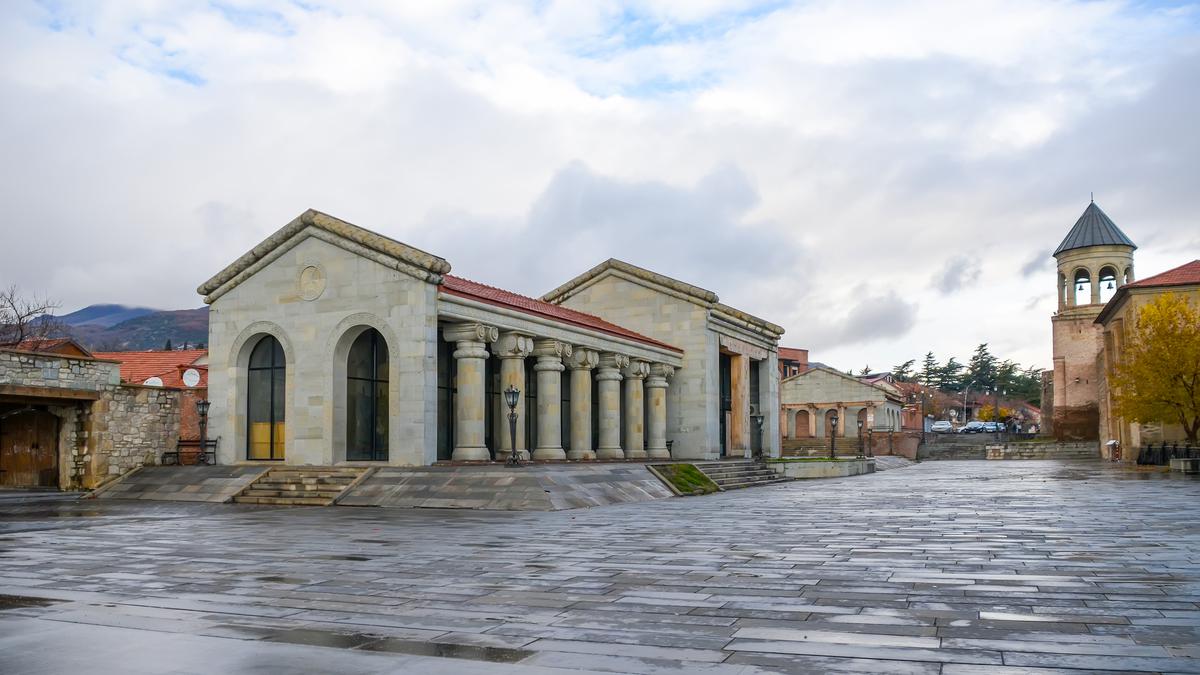
Samtavro
The functioning Samtavro Convent consists of several buildings. It has the lower Makvlovani church, on the territory of which stands the holy hut of Nino, hidden in blackberry bushes. Nino had a vision that she would become a guide for Georgians to the Christian religion. After her instructions, subsequent kings adopted Christianity, including Mirian,
who considered himself unworthy to come to the main temple because he had been a pagan in the past. Mirian gave the order to build an Upper church for prayers. In the future, she served him and other rulers as a bedroom.
The monastery was founded later, in the 19th century. Among the artifacts stored inside, you can find the tombstone of Saint Nino, holy relics, a life-giving pillar.
The most revered are the relics of Gabriel. Monk Gabriel was recognized as a monk in 2015. Gabriel saved people by healing and preached, laid the house church four times, but it was constantly destroyed. Gabriel died, his relics were called incorruptible, and the blood was preserved in a test tube. According to beliefs, it has not collapsed to this day.
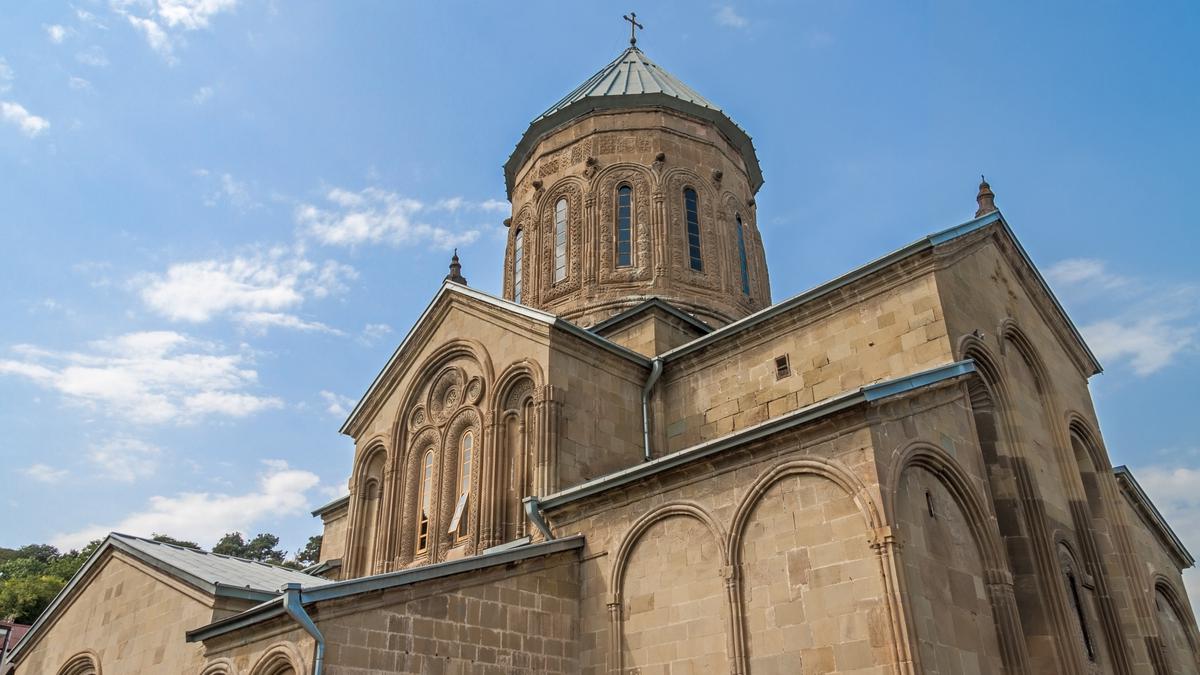
Svetitskhoveli Cathedral
This temple of Mtskheta is its main attraction. Its creation is shrouded in multiple legends going back centuries.
A priest living in it, named Eloise, during a trip to the Holy Land, bought a saving robe from the soldiers who participated in the crucifixion of Christ. A deeply religious woman, whose name was Sidonia, asked the priest to bring something that is somehow connected with Jesus. After holding the chiton, the woman was greatly amazed and died of admiration, unable to unclench her hands with the fabric. They buried her together with her religious attire, and a cedar from Livadia grew on the tombstone, which could heal.
During the adoption of Christianity, according to beliefs, Mirian ordered to cut down a tree to build the first church. But the cedar soared up and came down only after Nino said a prayer. During the construction work, the column continued to rush upward. In honor of this event, the cathedral was named Svetitskhoveli, which meant "life-giving pillar".
A monastery has still been preserved, in which the oldest artifacts are kept: the holy relics of St. Andrew, the icon of St. Elijah, also there you can find the remains of a stone chapel and the first church material for construction.
The monastery has the oldest censer for baptism. If desired, every third child in the family can be baptized in it by the current Georgian patriarch.
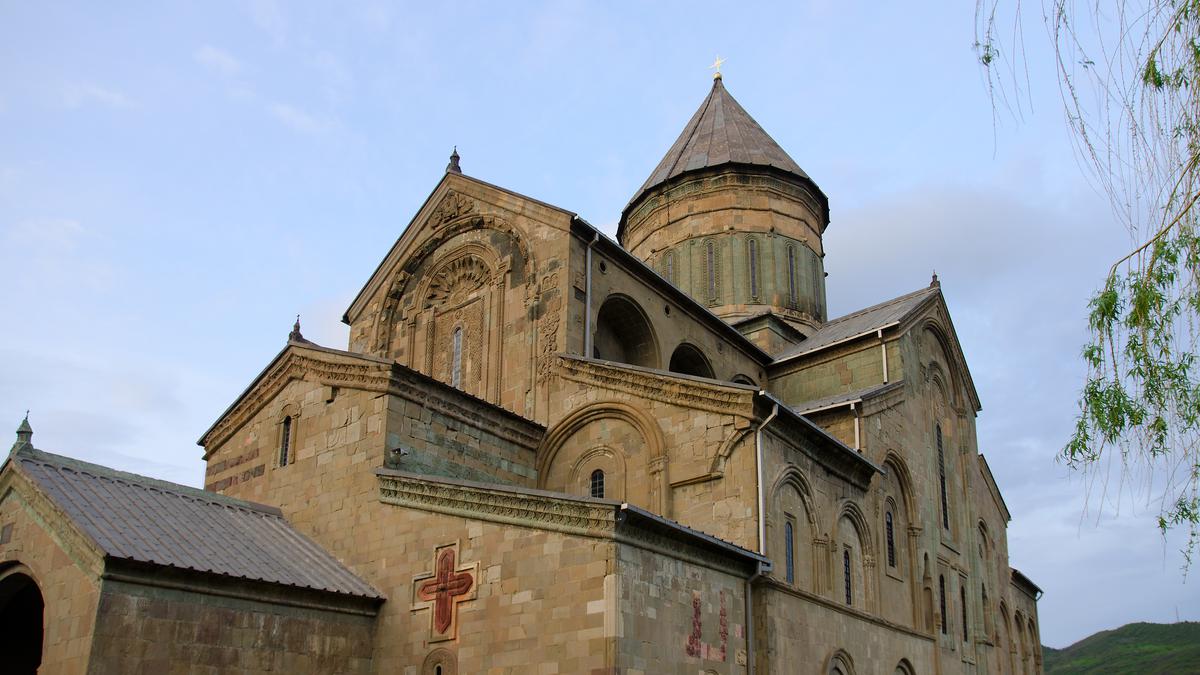
Jvari Temple
It was built in the 6th century in the vicinity of Mtskheta. According to its significance, it can be called one of the main Georgian holy places among the existing ones. It has preserved the archaic interior and the dimensions of the temple also correspond to the historical buildings of that time. It was founded where Saint Nino saw that she had to make all the inhabitants Christians. Hence the religious enlightenment of the entire Georgian people began.
The cross located in the temple marked the highest point of the hill. A pagan church was founded under it. These actions indicated that Christianity was rising above paganism.
The construction of temples later became a familiar occupation for Georgians, but it was at that time that the tetrahonk form first appeared. This means that the church structure is cruciform, and the edges of the domes are rounded.
Inside the Jvari temple there are no many icons and frescoes, only ancient masonry, which is illuminated by sunlight through small windows.
This temple is included in the list of notable places of Georgia protected by UNESCO.
When visiting the church building, a panoramic view of the religious city opens. The landscape is really amazing. From here you can photograph the city completely.
It is believed that it was about the monastery of Jvari that Lermontov wrote in his poem "Mtsyri".
If you have a desire to go to Mtskheta, we advise you to use sightseeing tours, but if you plan to go to your destination on your own, the next section is for you.
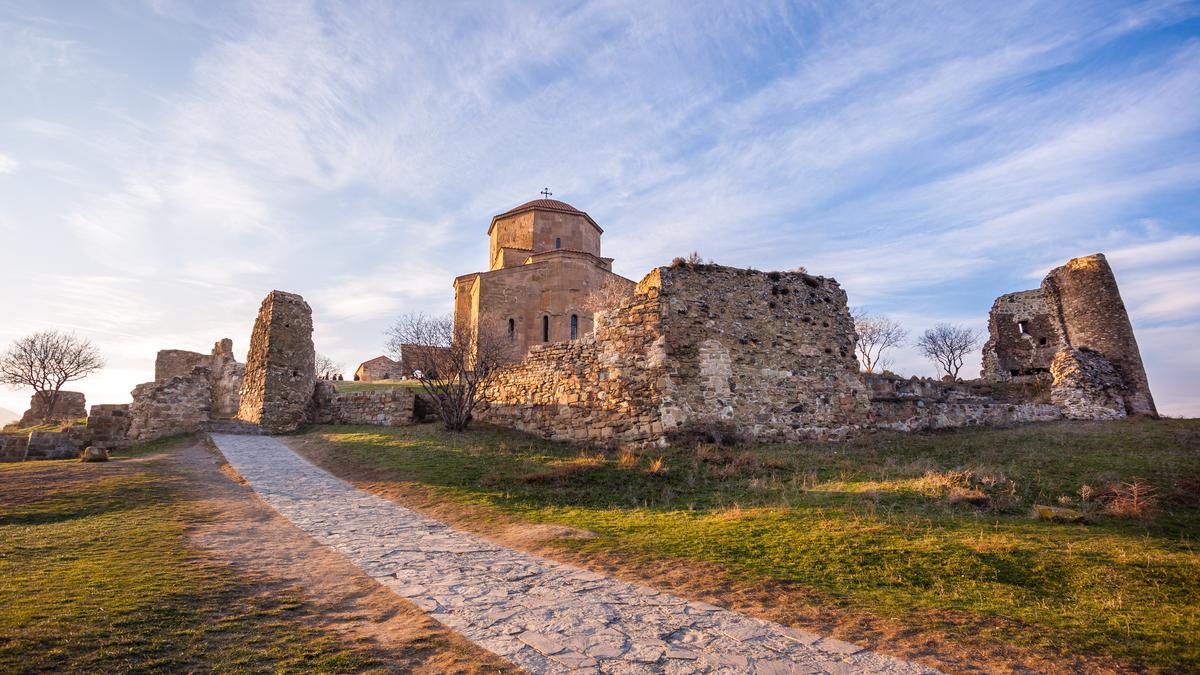
Independent trip from Tbilisi
Mtskheta is located only twenty kilometers from the capital. It can be reached by any type of transport.
- By metro.
- By taxi.
- By bus.
- By train.
When traveling by metro, you need to get off at Didube station, the same name is given to the stop of motor transport. Early in the morning, every 10-20 minutes, buses leave for Mtskheta and so on until 8 pm. The bus ride takes about 30 minutes. The cost of such a trip will be 50 rubles. You can buy a ticket from the cashier at the bus station.
Taxi to Mtskheta it will cost a lot – 50 lari, which is 1300 rubles in Russian money. By car you can get to Mtskheta from anywhere in the capital.
Trains run from the railway station. A ticket for the trip costs 1 GEL, that is 25 rubles. From the station to the center you will have to walk a couple of kilometers.
If you want to save money on the way to the monastery of Jvari, then you can take a bus from Tbilisi to Gori, Borjomi or Kutaisi and get off at the stop "Krestovaya Gora". It will take about 30 minutes to climb it.
In conditions of austerity, you can walk from Mtskheta on foot. It will take at least three hours. To start such a journey, it is necessary to take a map and stock up on strength: a small segment of the way will be up the slope.
A unique tip: you should find a large balcony located behind the temple, from which you can take amazing panoramic photos.
To return to the capital back, you can use all of the above options.
When visiting the religious city of Mtskheta, it is worth paying attention to the fact that it is impossible to catch a bus outside the bus stop. In Georgia, this type of transport is strictly prohibited from stopping at stations other than. Drivers are fined for this.
The oldest settlement of Mtskheta is the place where the foundations of Christianity and Georgian statehood were laid. A huge number of pilgrims, priests, monks come here for the worship of shrines and prayers for healing. Churches built many centuries ago are harmoniously combined with mountain landscapes, and no photograph can convey the grandeur and solemnity of the monastic atmosphere. Mtskheta is definitely worth visiting, at least for one day from the capital. And it is better to go there for a longer amount of time so that you can feel the whole religious culture and the ancient spirit of the city.
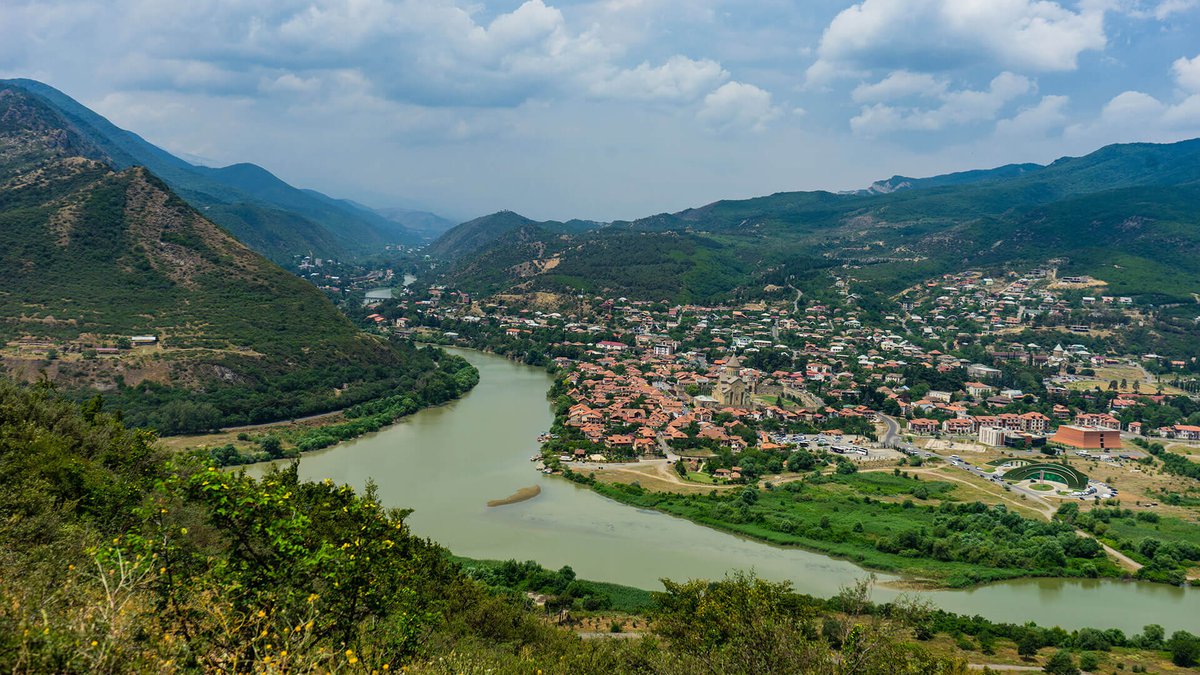






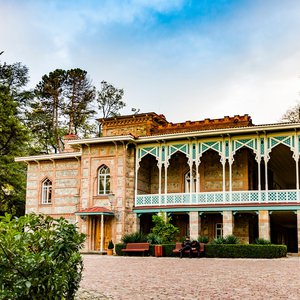







34 comments
Log in to leave a comment